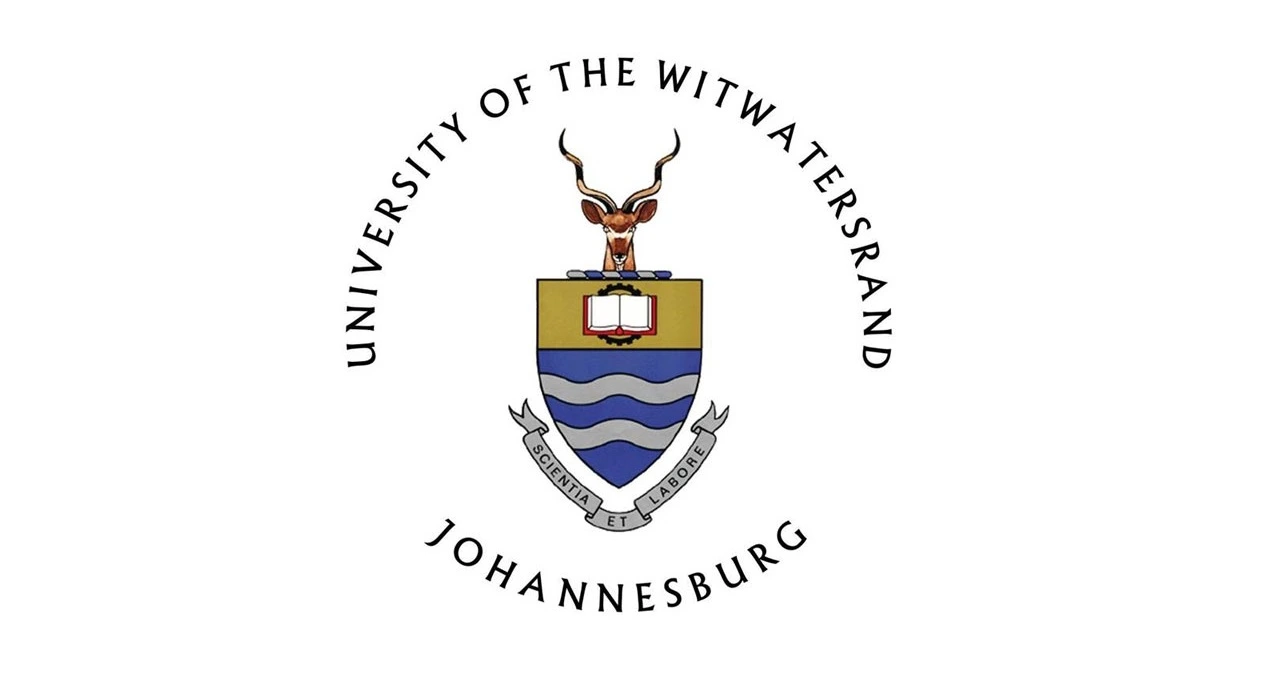The University of the Witwatersrand, fondly known as Wits, is more than just a place of learning — it’s a historical landmark, a hub of activism, and a vibrant student city in itself. Located in Johannesburg, Wits has shaped South Africa’s intellectual, political, and social landscape for over a century. Here are 30 compelling facts about Wits University:
History & Milestones
- Founded in 1896 as the South African School of Mines in Kimberley.
- Relocated to Johannesburg in 1904 and became the University of the Witwatersrand in 1922.
- Milner Park campus was donated by the City of Johannesburg in the early 1920s.
- In 1923, Wits moved into its first teaching building – housing Geology, Botany, Zoology, and Applied Mathematics.
- By 1925, the Prince of Wales had officially opened the Central Block.
- Wits awarded its 10,433rd degree in 1951, and by 1988, that number had reached 73,411.
- The University built hut-style classrooms post-World War II due to student overcrowding — they remained until 1972.
- Wits acquired the Sterkfontein Caves in the 1960s, one of the world’s richest archaeological sites.
Academic Firsts and Achievements
- Wits was the first South African university to own a computer and a nuclear accelerator.
- It established the country’s first dental school, physiotherapy programme, and speech defect clinic.
- Wits medical students started South Africa’s first blood transfusion service.
- The university contributed to the development of radar during World War II.
- It created the first climatological atlas of Southern Africa.
- Today, Wits offers over 3,400 courses across 5 faculties and 33 schools.
- More than 41,000 students are currently enrolled, including over 13,000 postgraduates.
Culture, Politics & Transformation
- Wits has always been an open university, opposing apartheid and racial discrimination.
- Despite the 1959 Extension of University Education Act, Wits defied apartheid segregation.
- The university endured riots, raids, and detentions during the apartheid era due to its protest stance.
- Post-1994, Wits became a critical resource for government, media, and industry.
- Solomon Mahlangu House (formerly Senate House) was renamed in 2016 to honour the struggle hero.
- The Robert Sobukwe Block commemorates the Pan-Africanist thinker and Wits alumnus.
- In 2023, University Corner was renamed Es’kia Mphahlele Building, after Wits’ first black full professor.
- The Chamber of Mines Building became the African Rainbow Minerals (ARM) Building in 2023.
Student Life & Unique Traditions
- Engineering Spring Breakfast sees students in pyjamas celebrating spring with food and fun.
- Skiffyskofbaas Day, now “Miners’ Day,” involves students dressing in mining gear for a day of antics.
- The Jacaranda superstition: if a flower falls on your head before exams, it’s too late to start studying!
- The infamous “Knock Streak”, though not endorsed by the university, has persisted for decades.
- The Pillow Fight tradition turns the Library Lawns into a battleground of feathers each September.
- Wits used to host an elegant Graduation Ball with celebrity guests and formalwear.
- For decades, students participated in the Rag Parade, raising funds for charity and parading colourful floats.
Sport and Facilities
- Wits is home to Bidvest Wits FC, nicknamed the Clever Boys, known for their presence in the Premier Soccer League.
- The Wits Theatre Complex, Chris Seabrooke Music Hall, 7 museums, and 42 sports clubs add to the vibrancy of campus life.
From protest to progress, research to rituals, Wits University stands as a dynamic symbol of South Africa’s evolving spirit. Whether you’re a prospective student, alum, or history buff — Wits continues to shape minds and make history.
Visit Wits
1 Jan Smuts Avenue, Braamfontein, Johannesburg, South Africa
📞 General Enquiries: +27 (0)11 717 1000
📞 Admissions: +27 (0)11 717 1888
🌐 www.wits.ac.za





